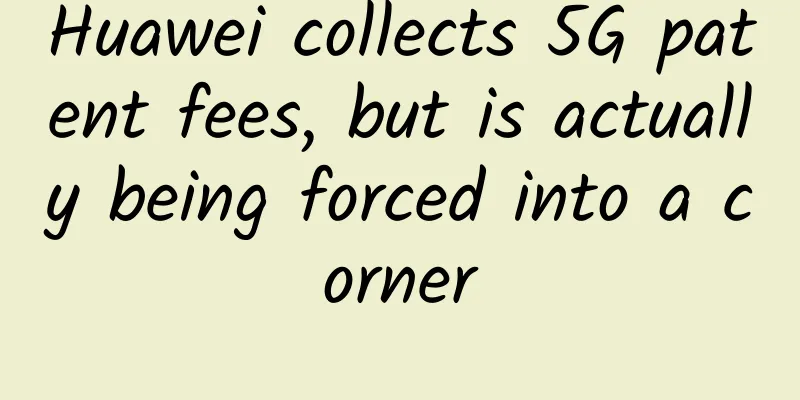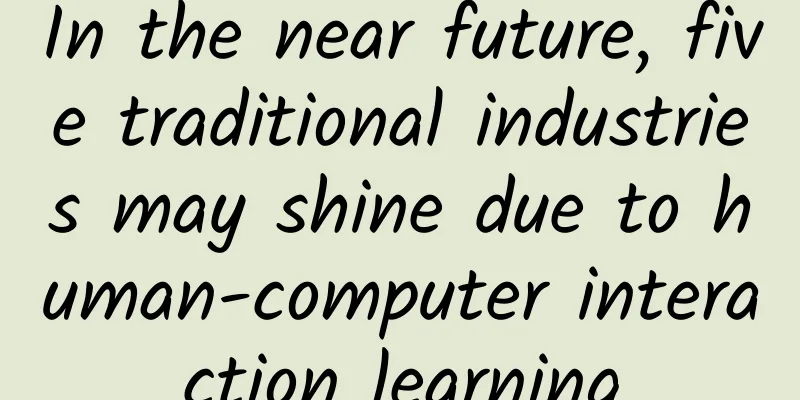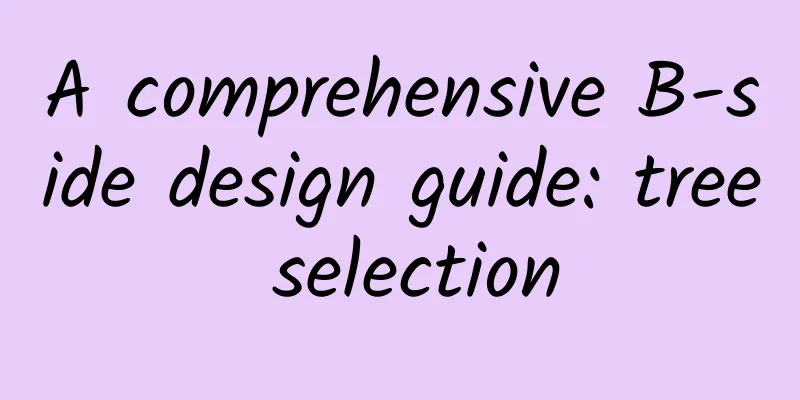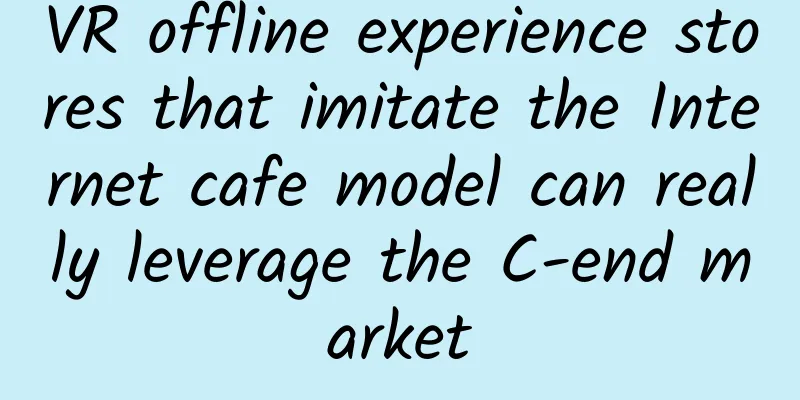As long as there is light, you can surf the Internet! What is Li-Fi, which is said to be better than Wi-Fi?
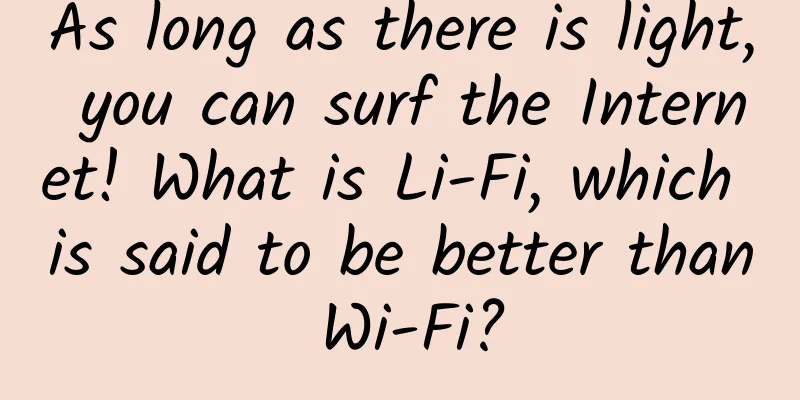
|
Even if you have never heard of Li-Fi, you now know what it is. Li-Fi (Light Fidelity) is a new wireless network connection technology that mainly uses the visible light spectrum to achieve wireless data transmission. This exciting technology first appeared in a speech by Professor Harold Hass in 2011. At this year's MWC World Mobile Communications Conference in Barcelona, Spain, PureLi-Fi showed us the actual product of Li-Fi. So what is the difference between it and Wi-Fi? Let's take a look.
Harald Burchardt, network chief operating officer of PureLi-Fi, said in an interview with the media: "The working principle of Li-Fi is actually very simple. We use LED lights to transmit wireless signals. It is a bit similar to Wi-Fi, but we use lighting media such as LED lights to complete wireless data communication." It is understood that Professor Harold Hass has been researching Li-Fi technology since 2003 because he foresaw the upcoming spectrum crisis. Around the same time, new LED light source technology began to hit the market, so Professor Harold Hass came up with the idea of combining them. Eventually, he found a way to use these electronic lighting components to achieve high-speed data transmission without interfering with the existing radio frequency infrastructure. Founded in 2012, PureLi-Fi's main purpose is to commercialize the Li-Fi technology. The actual product they displayed was a USB-shaped adapter with a light and infrared lens-like receiver for receiving light signals. In addition, Li-Fi-compatible LED lights and transmitters for transmitting wireless data were also set up above the booth. According to Digital Trends, the data transmission speed of this product reached 40Mbps at the MWC conference, and it was able to achieve very strong stability under direct light, while the speed would decrease at the edges of the light. Thanks to the reflective nature of the light, there was no problem connecting the device, and walking back and forth did not affect its use. Harald Burchardt pointed out that this Li-Fi technology has two key advantages: it can transmit more data in a local area and it is also more secure. He explained: "In a Li-Fi environment, the total data capacity will be increased, and light cannot pass through walls, so the network we create will be more secure than Wi-Fi." In addition, Harald Burchardt also said: "As this technology matures, we hope that the ideal situation will be to reduce the size of this product, build it into an integrated circuit module, and then use it in smartphones, tablets, laptops, wearable devices and other types of electronic devices." However, Harald Burchardt finally admitted that although this technology is promising, it will take 10 to 15 years for it to appear in every LED lamp or every electronic device. What PureLi-Fi has to do is to achieve this goal in a shorter period of time. |
>>: Steve Jobs was also very conflicted about whether to bring iTunes to PC
Recommend
Is cheilitis caused by not drinking enough water? Will drinking more water and applying more lipstick help?
As the weather turns colder, many people's li...
The most complete salon event planning summary in history!
Introduction: For operations personnel, the work ...
Which platform is suitable for financial loan advertising? How to place financial loan advertisements!
The 618 carnival has been going on for 3 consecut...
Understanding the current status and cutting-edge technologies of cloud databases in one article
"Everything will run in the cloud." Now...
Weilong Spicy Tiao Mobile Game is here!
While many traditional companies are still doing ...
Cold Clothes Festival丨The heat is high in July, and clothes are given out in September. Please put on more clothes when the weather is cold!
The first day of the tenth month of the lunar cal...
Wang Chuanfu resigns from BYD and its 12 subsidiaries. Is there a power change in the company? You think too much!
On May 21, BYD Auto Co., Ltd.'s business info...
2019 Social Marketing Promotion Report!
The editor often says that to do marketing, it is...
Responsible AI governance requires collaboration
Artificial intelligence is developing rapidly, bu...
KOL marketing skills!
KOL has undoubtedly transformed the entire market...
"Healthy by eating" series | What to eat for midnight snack? See if you have fallen into these 5 misunderstandings
This summer, the country has been experiencing hi...
What are the conditions and procedures for opening the Douyin showcase? Detailed tutorial on opening Douyin showcase
In addition to opening a small store to sell good...
The number of followers increased by 140,000 in 12 hours. How to carry out the fission screen-sweeping activity?
WeChat is a container with a very obvious "c...
King's Counterattack: Use AI to play WeChat Jump Jump, automatically brushing points to break 10,000 points
Recently, the WeChat mini game Jump Jump has beco...
SOP for high conversion, traffic generation and promotion courses!
The underlying logic of the traffic-generating co...
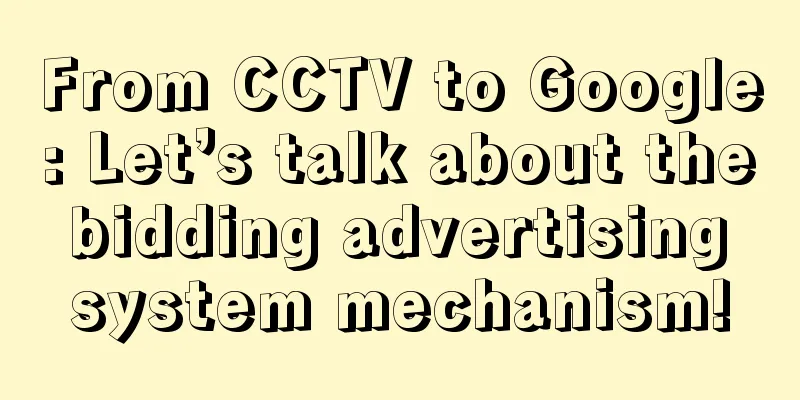
![How to publish products on Baidu AiPurchasing? Baidu Ai Purchasing Information Release Operation Steps [Graphic and Text Detailed Explanation]](/upload/images/67cc052200101.webp)



